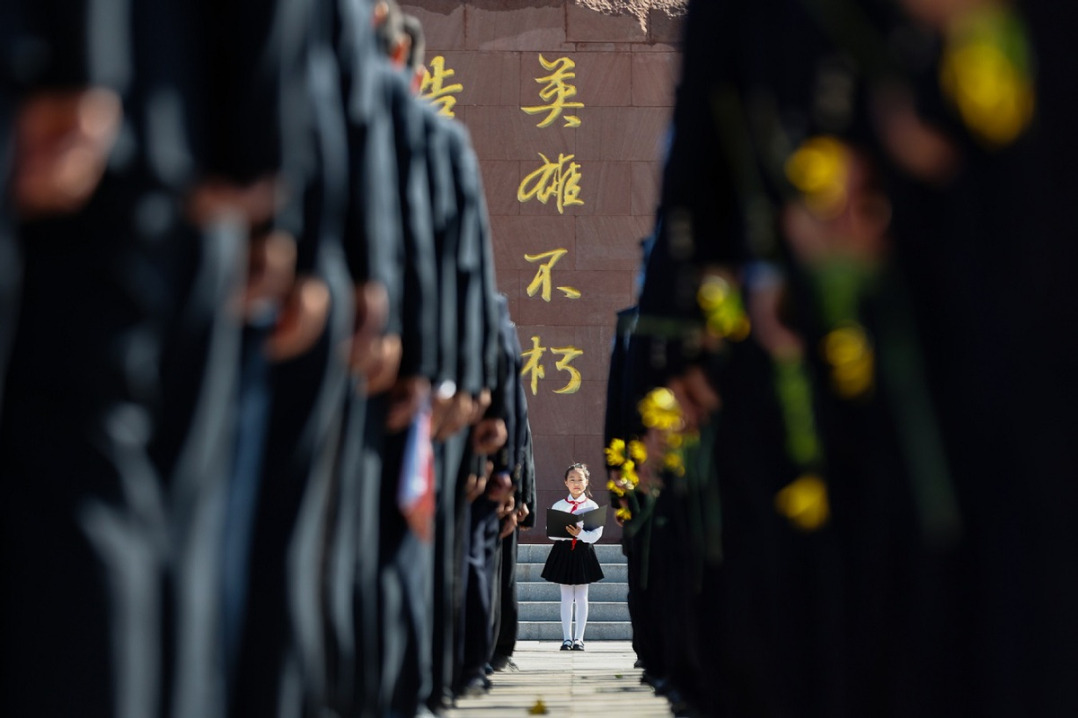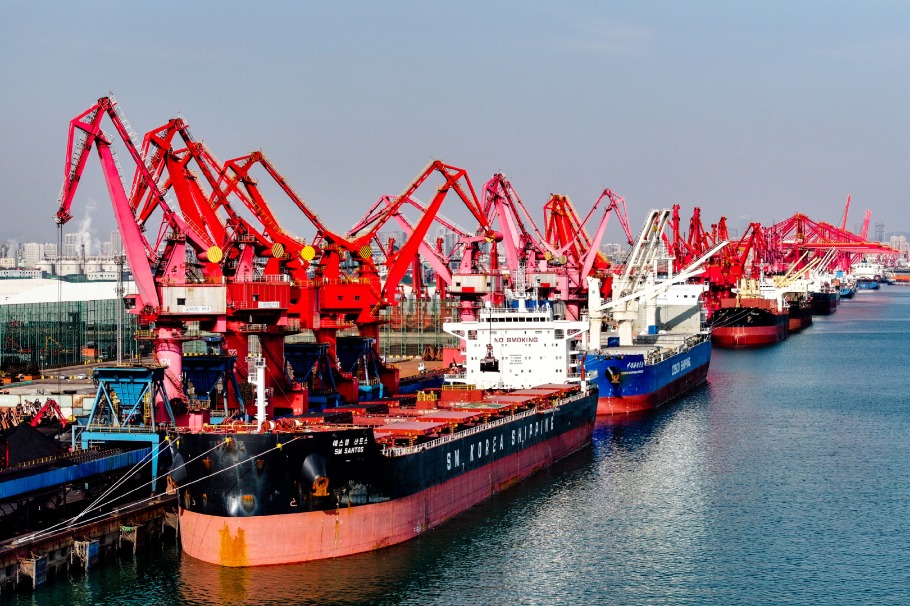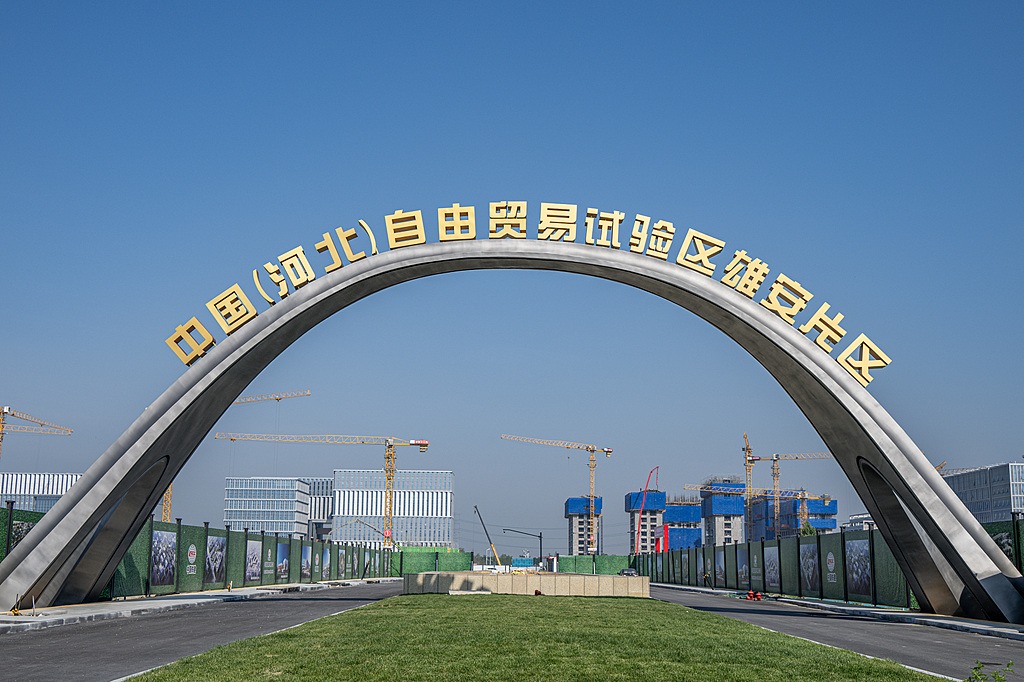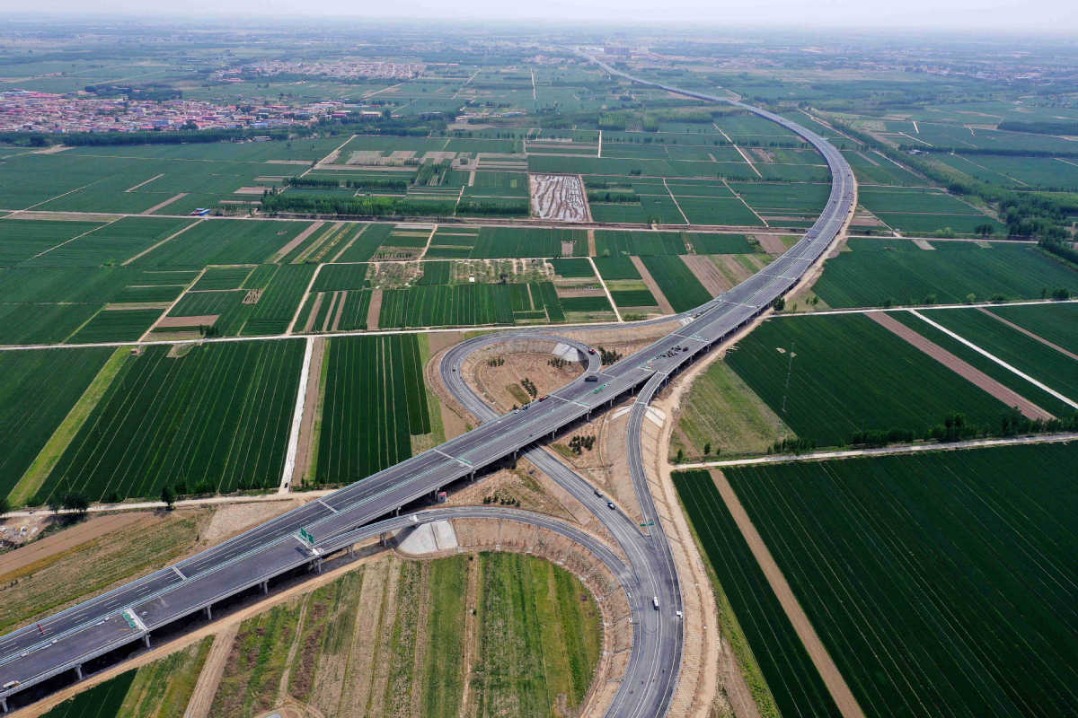Breathe easy

China's new air quality plan can deliver major health benefits

Since China launched a nationwide campaign a decade ago to improve its air quality, the change has been visibly remarkable. The long periods of severe smog that were once a common sight 10 years ago have become increasingly rare. Yet, the winter of 2023-24 has seen a resurgence of smog in northern cities, raising the alarm and highlighting the ongoing battle against air pollution. This resurgence serves as a stark reminder of the direct impact on public health. The Chinese National Center for Disease Control reported in 2017 that 1.24 million deaths in China were attributable to air pollution, underscoring the urgent need for sustainable development policies that address both economic and health benefits.
To inject new momentum into China's efforts to clean up the air, the State Council, China's Cabinet, has recently issued a new air quality action plan, setting targets for reducing pollution levels across the country and in designated key regions. It is projected that meeting these new targets will avoid approximately 180,000 deaths related to PM 2.5 pollution per year by 2025, compared with the situation in 2020. The largest benefits accrue to the regions around Beijing and Xi'an, Shaanxi province, which have the strongest pollution reduction targets.
China's action plan sets new PM 2.5 reduction targets by 2025, focusing on the three key regions, namely the Beijing-Tianjin-Hebei province and surrounding areas, the Fenwei Plain and the Yangtze River Delta. Reduction efforts vary based on progress from 2020 to 2023. The key regions must reduce PM 2.5 by 5 percent from 2023 levels, impacting approximately 520 million people and their health. The rest of China targets a 2 percent reduction from now. According to an analysis by the Centre for Research on Energy and Clean Air, the Beijing and Xi'an regions are expected to see the most health benefits, with an estimated 92,000 and 12,000 fewer deaths respectively due to air pollution, accounting for 60 percent of the national reduction in death cases.
In Beijing and nearby areas, per capita health costs from air pollution are expected to decrease most significantly, with a reduction of 3.3 deaths per 10,000 people by 2025, followed by the Fenwei Plain's 2.3 deaths reduction. Beijing's stricter target of 32 milligrams per cubic meter (ug/m3) of air should lead to a 3.5 deaths decrease per 10,000, surpassing the national average reduction of 1.3 air pollution-related deaths per 10,000 individuals. This reflects the effectiveness of targeted regional policies in mitigating the health impacts of air pollution.
Worldwide, the World Health Organization estimates that air pollution is responsible for 7 million premature deaths per year and constitutes one of the main risk factors for non-communicable diseases, including heart disease, strokes, lung cancer, and both chronic and acute respiratory diseases. In China, respiratory diseases rank fourth among the leading causes of death, and lung cancer ranks top for deaths from malignant tumors. Thus, combating air pollution continues to be a crucial front in safeguarding human well-being.
Mortality rates from lung cancer are mainly related to atmospheric pollution, with higher mortality in the urban and industrially developed areas of China, especially in the eastern and northern areas. Eastern China has undergone rapid urbanization since the start of reform and opening-up. The exhaust gases from transport and pollutants from industrial combustion and coal power have resulted in high levels of pollution. In addition, because the northern region requires prolonged heating in the long winters and coal is the primary fuel for heating, the pollutants emitted from burning coal are a health risk. In fact, the northeastern region in China has a relatively higher risk of death from lung cancer compared to other regions, according to the Center for Disease Control. Therefore, reducing coal use remains an essential tool in the fight against air pollution. Enacting policies and making strategic investments to promote cleaner power generation and sustainable development would significantly reduce key sources of air pollution.
After 10 years' consecutive work on controlling air pollution, China has achieved extraordinary results in improving air quality. From 2013 to 2022, the PM 2.5 concentration has dropped by 57 percent, with a 92 percent reduction in the number of heavily polluted days. Recent research by Peking University has shown that the life expectancy of the Chinese population increased by 1.94 months and 3.87 months during the policy implementation of the first two national air pollution action plans, known as the "Ten Articles on Air Pollution", and the "War to Defend Blue Skies", respectively. However, pollution rebounded in 2023, mainly because of more frequent sandstorms in the spring due to the warming climate and higher operation rates of industrial plants. In apparent response to the rebound in pollution levels, new policies were released in late 2023.
In addition to the new national action plan, the final draft of the comprehensive air pollution control action plan for the autumn and winter of 2023-24 in Beijing and surrounding areas and the Fenwei Plain was also released on Dec 25, designating each city a target for PM 2.5 concentrations and the allowed number of heavily polluted days between October and December. In January 2024, the Opinions on Comprehensive Advancement of Building A Beautiful China by the State Council further added a midterm reduction target by 2027 and a longer-term reduction target by 2035 for PM 2.5 at 28 ug/m3 and 25 ug/m3, respectively, down from 29 ug/m3 in 2022.
China's ambitious journey necessitates sustained policy efforts and actions. Achieving cleaner air is not only a health imperative but also a critical component of China's wider strategy for decarbonization and sustainable development, balancing environmental needs with economic growth and public wellbeing.
The author is a China policy analyst at the Centre for Research on Energy and Clean Air. The author contributed this article to China Watch, a think tank powered by China Daily.
Contact the editor at editor@chinawatch.cn.


































